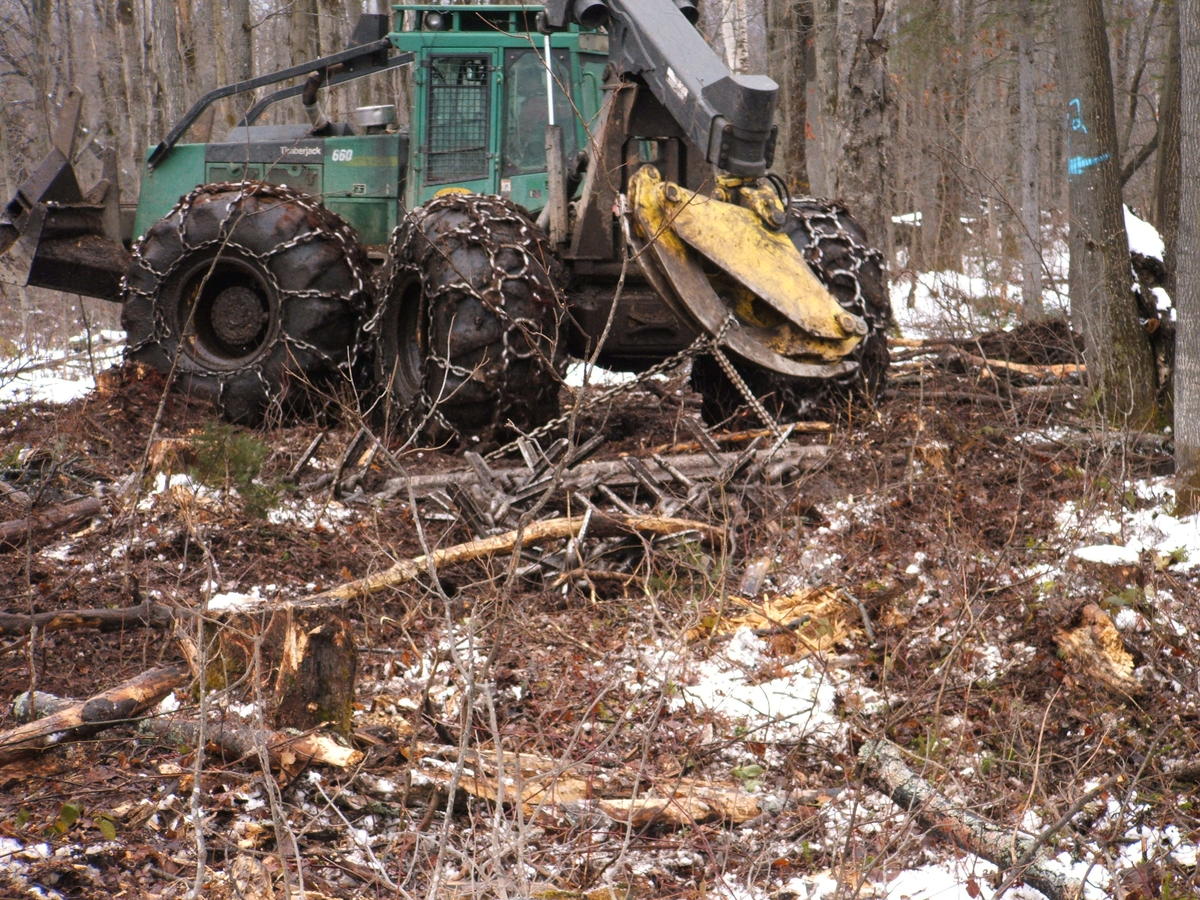Silviculture Objective(s)
To obtain maximum regeneration of both tolerant (e.g. hard maple) and mid-tolerant (e.g. yellow birch, red oak) species for the long-term production of high quality forest products, and to retain and improve wildlife habitat values.
Pre-treatment stand description and condition
Stand establishment and management history:
Natural origin stand with uncertain cutting history. Very likely multiple high-grade style partial harvests over the past century. Cutting history combined with variable terrain has created a highly variable stand that is not a textbook candidate for either selection or shelterwood.
Pre-treatment species composition:
Composition: Mh45By20Mr10Bw5Po5Or5He5Sw5. In other words, as a percent of total stand basal area:
Hard Maple 45%
Yellow Birch 20%
Red Maple 10%
White Birch 5%
Aspen 5%
Red Oak 5%
Hemlock 5%
White Spruce 5%
Pre-treatment growth and stocking:
Basal Area: averages 23 m2/ha but ranges from 4 to 32
Growth and stocking: Acceptable Growing Stock ~40%. Diameters reasonably well distributed with some plots lacking in medium to large sawlogs.
Pre-treatment forest health issues:
No significant issues
Landowner objectives/situation:
Public land subject to provincially regulated forest management planning process administered through a sustainable forest license to a private management company. Forest management plan has a general objective to promote mid-tolerant hardwoods.
Silviculture Prescription
The uniform shelterwood system will be applied in the hardwood dominated areas with the intent of encouraging yellow birch, red oak, and sugar maple depending on site conditions. Target a canopy closure of approximately 50-60%. This should be achieved at a residual basal area of 9-10m2/ha.
This will be a thinning from below following principles in the Ontario Tree Marking Guide. Smaller diameter stems will be removed during harvest with larger diameter stems (where available) spaced uniformly to provide shade and seed. Scattered AGS poles will be encountered throughout the stand and they will be removed since they would not only develop poorly in the surrounding low BA conditions, but will also interfere with the regeneration and growth of seedlings and saplings. Exception: concentrations of AGS poles or small sawlogs with a basal area greater than 12 m2/ha. In such situations, the poles may be released and permitted to develop as standards – they will be removed as larger diameter stems when the regenerating stand is ready for its first thinning.
Regeneration objectives and related crown closure targets will be adjusted to accommodate stand variability – the majority of the stand is dominated by tolerant and mid-tolerant hardwood species, however conifer areas including hemlock, cedar, white pine and white spruce will be encountered and maintained where they occur. Productivity and total BA declines on shallow ridge top areas so markers will need to be aware of site protection requirements and simply walk through areas that are obviously marginal.
Directly competing tolerant and mid-tolerant trees of equal quality will be retained based on the following priority:
- By
- Or, Cb, Aw, Bd
- Mh, He
- Other hdwd
- Other conifer
After further discussion and investigation the prescription for a portion of the block was modified to include group selection with 0.2 ha openings (~50m diameter) spaced an average of 115 meters apart occupying approximately 15% of the area and placed to capture the best opportunities (existing regeneration, mature seed producers, etc). The goal of the groups was to promote yellow birch and mid-tolerant regeneration. The area between groups was very lightly thinned to capture volume in declining stems and improve quality and growth potential of the poles and small sawlogs.
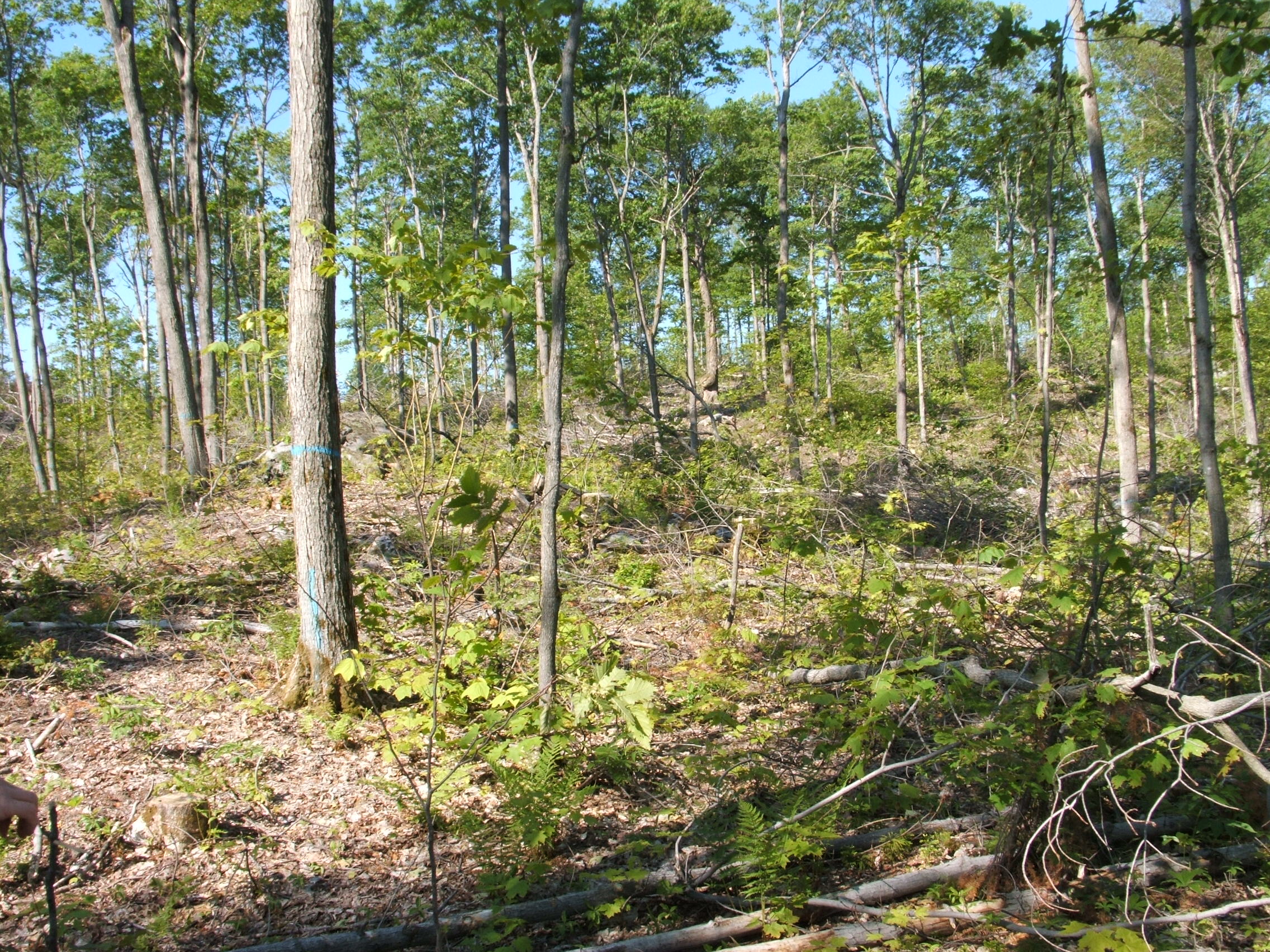
Figure 1: yellow birch scarification photo 1
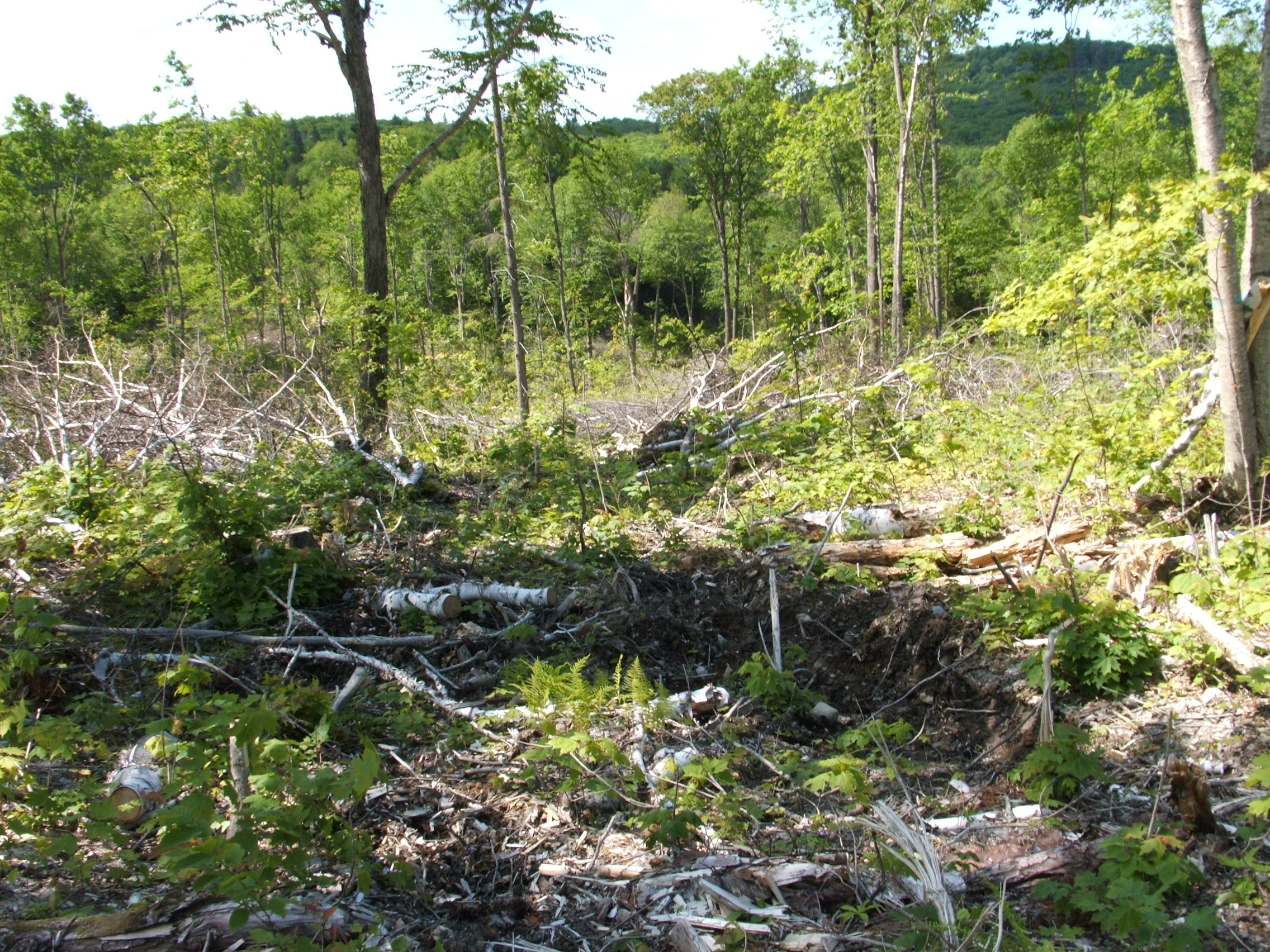
Figure 2: yellow birch scarification photo 3
What actually happened during the treatment
Harvest occurred as per prescription in 2005 using feller bunchers. Some cleanup was required to remove small (down to 4 inches) stems scheduled for harvest that were missed in the first pass. Residual BA in shelterwood portion was 9m2/ha (Photo #1, 2, 3). Groups were implemented as planned.
Scarification occurred in Nov/Dec of 2006 using spiked anchor chains pulled by a grapple skidder (photo attached) targeting a minimum of 50% mineral soil exposure but a goal to maximize coverage (photo #4). The skidder was used to both pull the chains and move/align slash (photo #5). Results exceeded 50% mineral soil exposure goal (photo # 6- shelterwood, #7-group selection) in both the uniform shelterwood and group selection areas.
A bumper seed year occurred in winter of 2006/7 (photo # 8).
One growing season after treatment abundant yellow birch was present (photo #9, 10) with some oak and other hardwoods (photo #11) and moderate competition (photo #12).
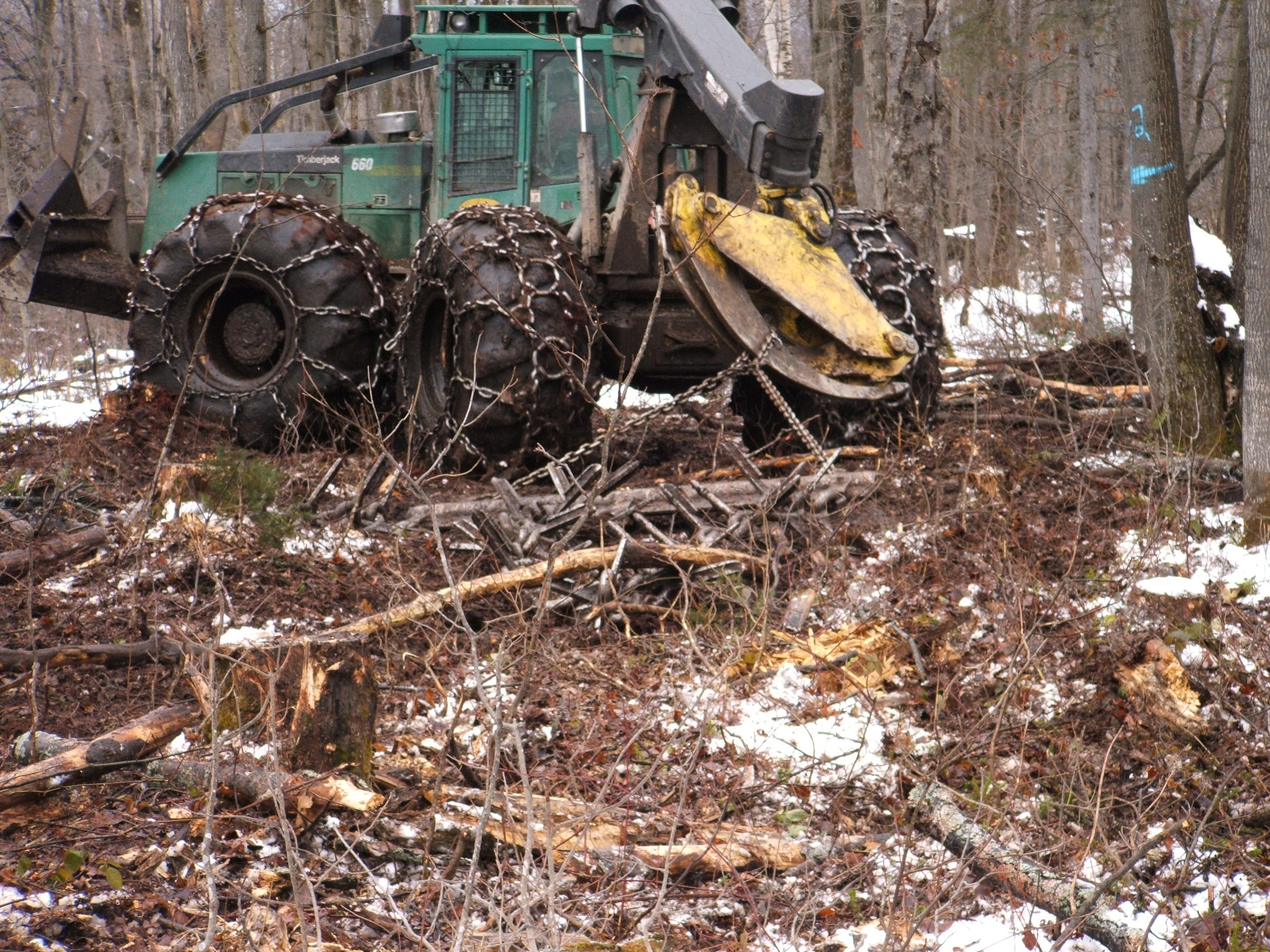
Figure 3: anchor chain in action.
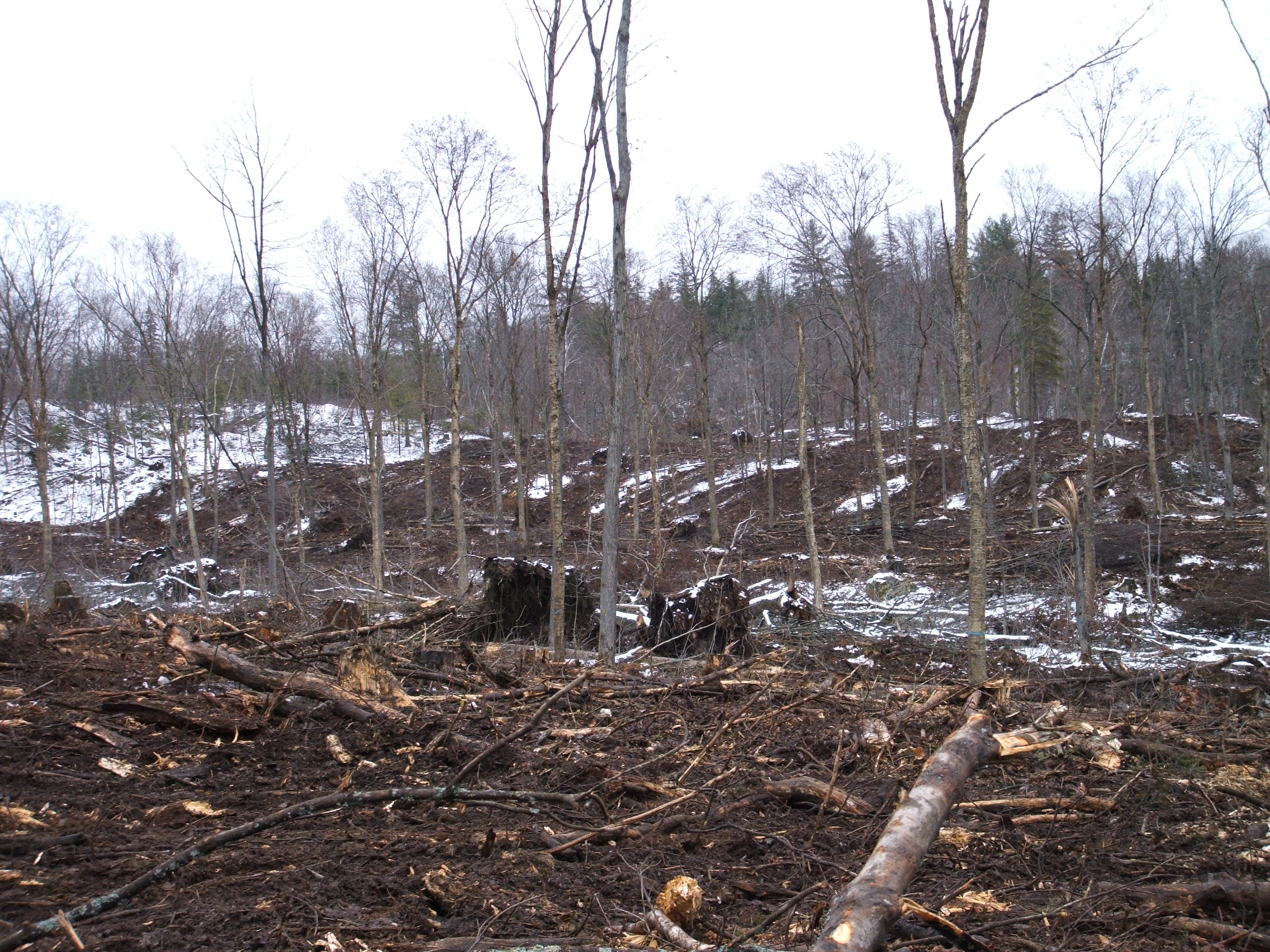
Figure 4: yellow birch post-scarification
Post-treatment assessment
Areas were assessed for regeneration in 2009 and 2012 using 4m2 plots. Yellow birch occupancy was high for both treatments with group selection achieving higher yellow birch occupancy but shelterwood achieving greater mid-tolerant diversity (Or, Cb, etc).
Percent occurrence by species for shelterwood was: By=83, Mh=72, Po=34, Mr=33, Or=30, Cb=24.
Percent occurrence by species for group selection was: By=100, Bw=92, Mr=55, Mh=40, Po=28.
Tallest yellow birch in 2009 (age 3) and 2012 (age 6) respectively were 2.6 and 4.2 meters.
Plans for future treatments
Crop tree thinning of regeneration and removal of any remaining overstory timed based on stand development. Goal is to maintain a high density during early development to ‘train’ crop trees (minimize lower branching, etc) but thin early enough to maintain maximum growth rate and concentrate growth on relatively few high quality stems.
Costs and economic considerations
Cost of spiked anchor chain scarification was $410/ha. Other costs (marking, harvest, etc.) were consistent with standard operations.
Other notes
This treatment was inspired by observations of abundant yellow birch regeneration in older cuts along skid trails and other areas of soil disturbance. This particular block used spiked anchor chains but similar soil disturbance and regeneration results have been achieved with a small dozer with multi-directional blade and with an excavator with a toothed bucket.
Summary / lessons learned / additional thoughts
Keys to success are significant mineral soil exposure timed with a good/bumper seed year. Areas prone to red raspberry and bracken fern regeneration can be problematic but yellow birch appears to be able survive significant early shading.
